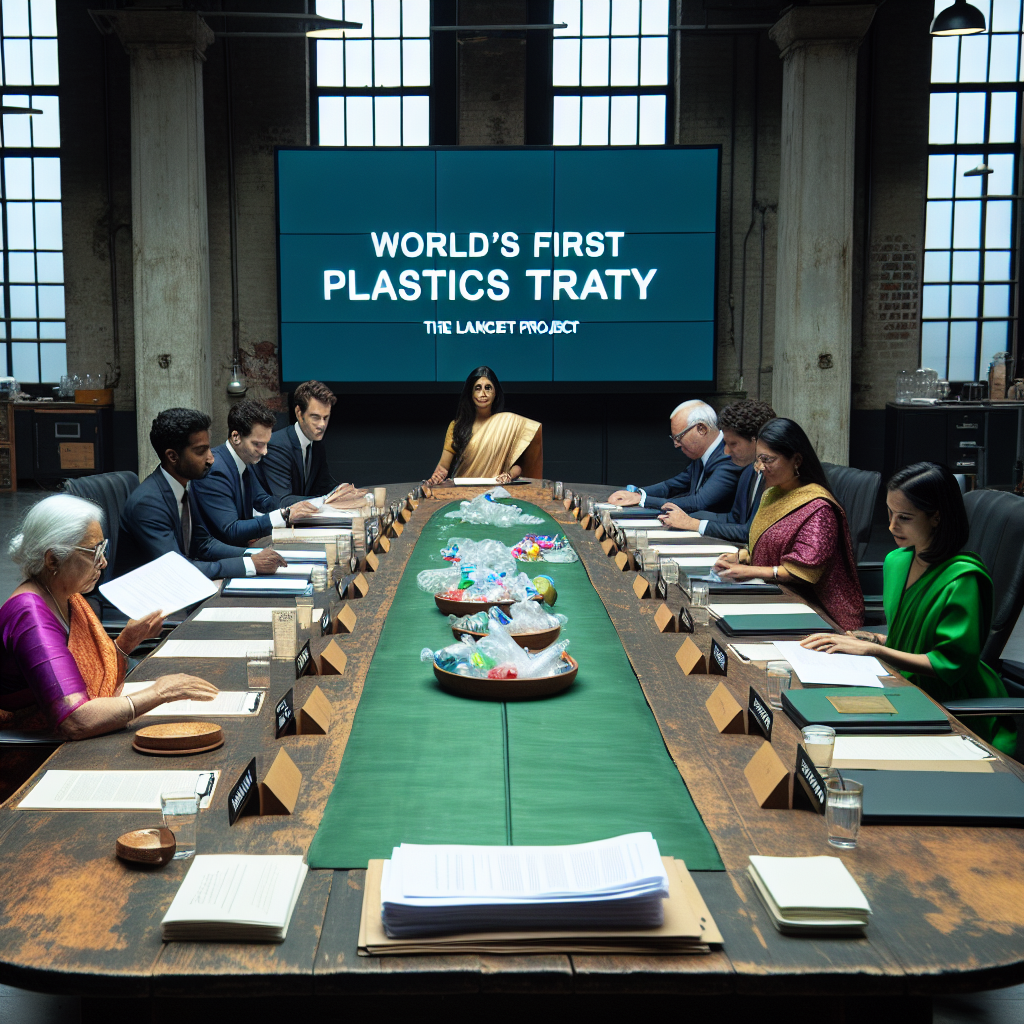UN Global Plastics Treaty: A Comprehensive Approach to Regulating Plastics

Understanding the UN Global Plastics Treaty
The UN Global Plastics Treaty represents a groundbreaking international effort to address the environmental crisis caused by plastic waste. This legally binding framework is designed to regulate plastics throughout their entire life cycle, aiming for a more sustainable approach to production, consumption, and disposal. Below are key aspects that define the treaty’s importance and objectives.
Key Objectives of the Treaty
Comprehensive Regulation:
The treaty encompasses all stages of plastic usage—manufacturing, distribution, usage, and disposal—ensuring that each aspect is addressed in the regulation process.Global Standardization:
By establishing uniform regulations, the treaty seeks to create global standards that can significantly reduce plastic pollution across nations.Encouragement of Sustainable Practices:
The treaty promotes sustainable alternatives to plastic, encouraging innovation in materials and packaging that minimize environmental impact.Resource Recovery:
It emphasizes the importance of recycling and resource recovery, aiming to implement systems that support the circular economy.National Commitments:
Each participating country will devise national strategies that align with the treaty’s objectives, ensuring localized implementations of global standards.
Benefits of the Treaty
Environmental Protection:
By regulating plastics, the treaty aims to protect ecosystems and biodiversity from plastic pollution.Health Benefits:
Reducing plastic waste will mitigate health risks associated with microplastics and harmful chemicals leaching into our environment.Economic Opportunities:
The transition towards sustainable practices and innovations in plastic alternatives can create new economic opportunities in green technologies and jobs.
Conclusion
The UN Global Plastics Treaty is a vital step towards curbing the global plastic crisis. By regulating plastics at every stage of their life cycle, the treaty not only aims to mitigate environmental harm but also encourages the responsible production and consumption of resources. As nations collaborate to uphold these commitments, a sustainable future can be envisioned where the earth thrives free from the grip of plastic pollution.
